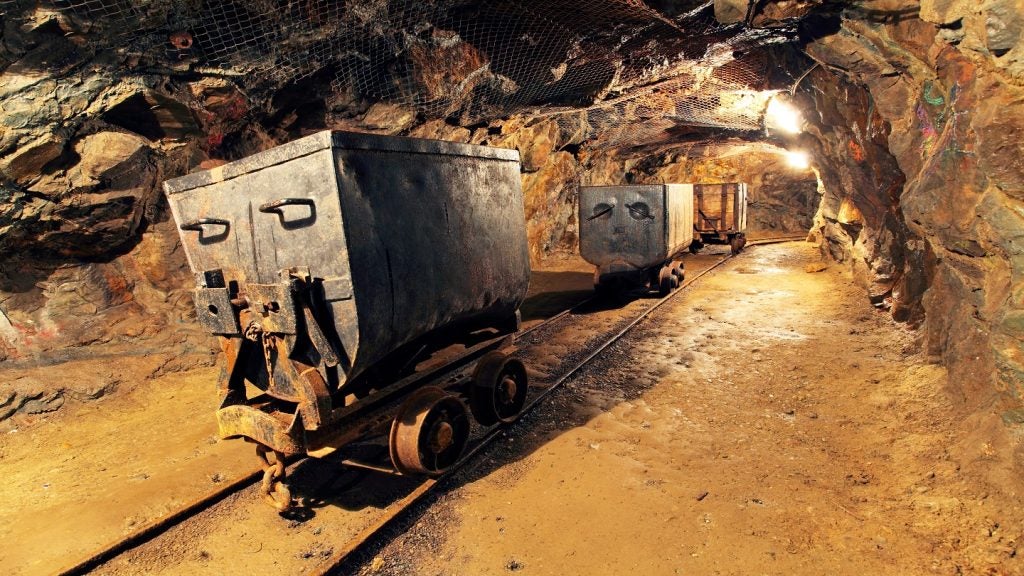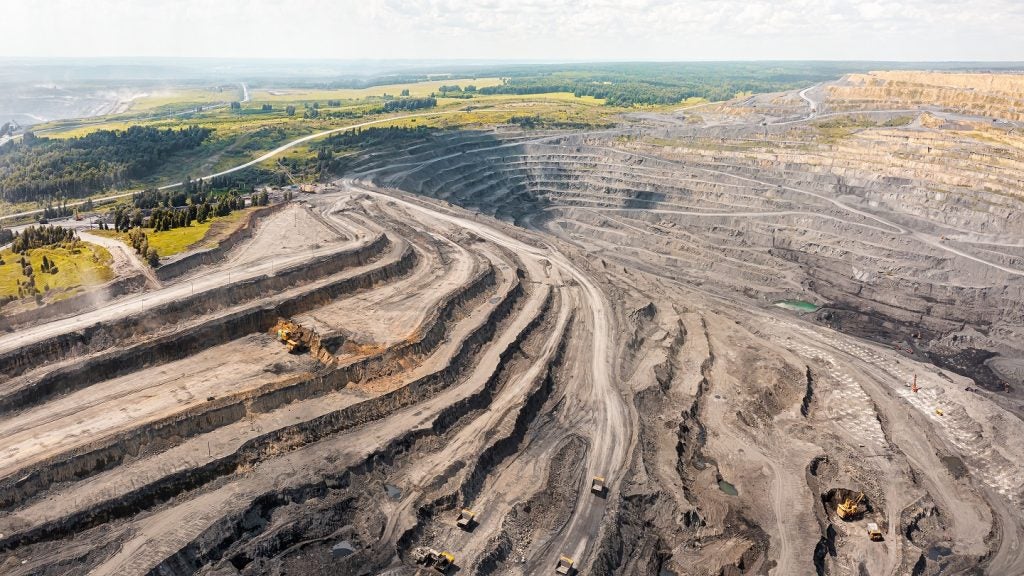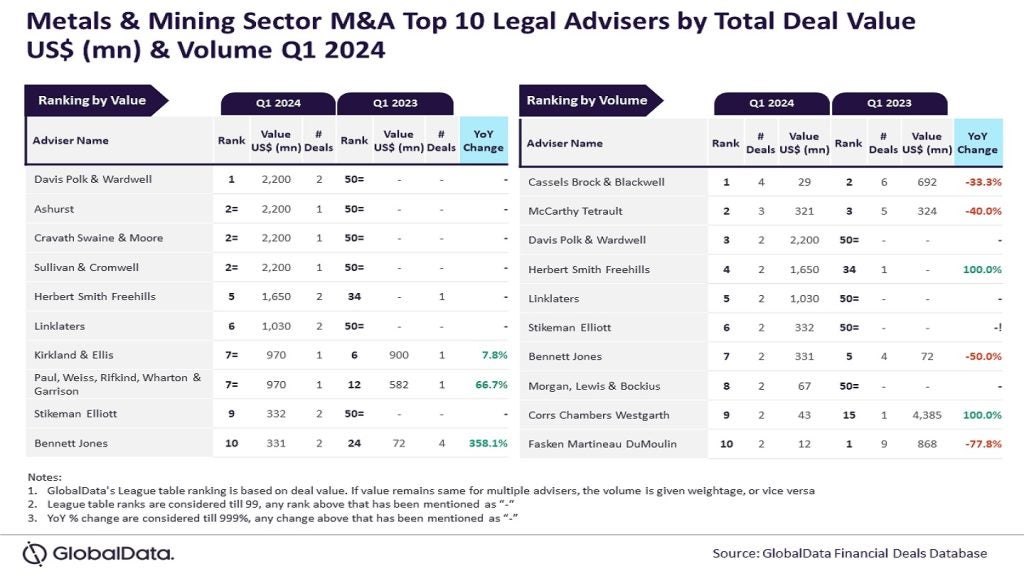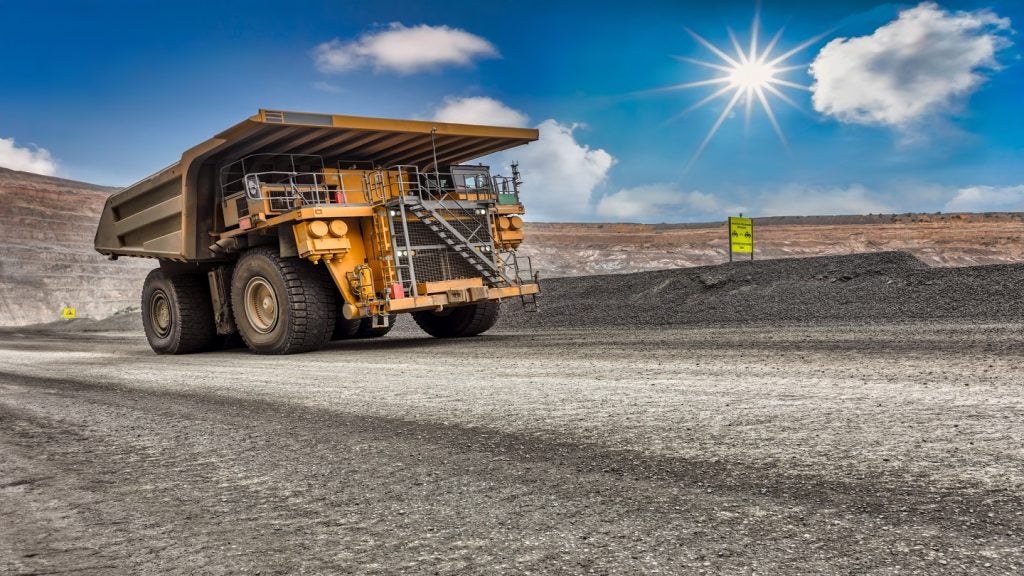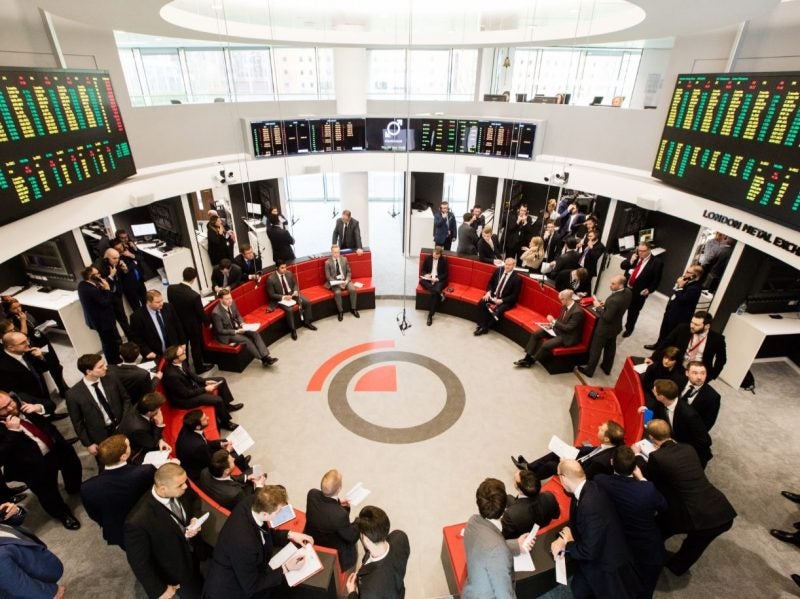
1571 – The before times
The metals trade in the UK arguably goes back to Roman times, when the empire used the huge supplies of tin and copper from Wales and Cornwall to aid its continued expansion. The London Metal Exchange (LME) itself however, traces its history from 1571, when the Royal Exchange was opened.
The brainchild of wealthy merchant Sir Thomas Gresham, the Royal Exchange was designed as a ‘comely bourse for merchants to assemble upon.’ The building has burnt down twice, once as part of the Great Fire of London in 1666, and again in 1838 when a stove in the nearby coffee shop Lloyds Coffee House overheated. It was redesigned by Sir William Tite, and reopened by Queen Victoria in 1844 and continues to operate in Bank, although it has since undergone a number of changes in purpose and design.

The Royal Exchange. Credit: Ben Brooksbank, licensed for reuse under Creative Commons
19th century – the Ring is born
The Exchange quickly became overcrowded and groups split off, gathering in nearby coffee shops to avoid the crush in the main building. Metal merchants chose the Jerusalem Coffee House, off Cornhill, and began meeting there to trade commodities.
It was here that the tradition of the Ring was born. As the LME explains “A merchant with metal to sell would draw a circle in the sawdust on the floor and call out ‘Change’, at which point all those wishing to trade would assemble around the circle and make their bids and offers.”
How well do you really know your competitors?
Access the most comprehensive Company Profiles on the market, powered by GlobalData. Save hours of research. Gain competitive edge.

Thank you!
Your download email will arrive shortly
Not ready to buy yet? Download a free sample
We are confident about the unique quality of our Company Profiles. However, we want you to make the most beneficial decision for your business, so we offer a free sample that you can download by submitting the below form
By GlobalDataThis is a tradition that has lasted till today, although the sawdust has been replaced with a circle of red sofas on which traders must sit if they wish to take part in the trade.
1869 – The opening of the Suez Canal and the three month system
In 1869, the Suez Canal was opened up for cargo ships, allowing them to pass through the passage between the Mediterranean and Red seas. This was hugely important for the import and export of a vast number of commodities, including metals. It meant that tin could now be imported from Malaya, modern day Malaysia, to England in just three months. This matched the delivery time of copper from Chile.
The opening of the Canal and the resultant speed with which commodities could be transported led to LME’s system of daily prompt dates that covers the three months going forward. This system remains in place today, and the Suez Canal remains a vital part of the international metals trade with over 34,000t of ores and metals transported through it annually.
1877 – LME was formed

By the second half of the 19th century, the trade of metals futures was burgeoning in London, and had caused traders to move premises several times as they struggled to find enough space. This led to the formation of the London Metals and Mining Company, now known as the LME, which had its first premises above a hat shop in Lombard Court.
The group grew quickly, and by 1882 was forced to move into the purpose-built Exchange in Whittington Avenue where it would remain for nearly a hundred years.
July 1914 – WW1 leads to the LME’s temporary shut down
Since it’s opening, the LME has operated nearly nonstop. It did however shut for one brief period in 1914 following the outbreak of the First World War, as supply shortages of metals hit Europe.
In particular, iron and steel were in high demand from competing groups including the Ministry of Munitions, the Admiralty and others. This led the UK Government to impose controls on prices and distribution of steel throughout the war.
Such constraints did not stop the LME from operating for long however, and it began running again the autumn of 2014.
July 2010 – LME opens its first office outside of London
In 2010, the LME opened its first office outside of London after 133 years of operation. Located in Singapore, this was a significant milestone for the company that reflected the changing nature of metals demand.
“A majority of our members have a presence in Singapore and other locations throughout the region, it’s crucial we are there to support them,” said Liz Milan, then LME managing director Asia at the time.
“We have significant business which is driven through Asia. And there is an opportunity to look at relationships with exchanges in the region, to look at potential new contracts driven by Asia.”

The Ring at the LME. Credit: LME
2014 – Traders fined for standing in the Ring
In a rare act of mass discipline, the LME fined traders from nine of the 11 floors of its operations for standing around the Ring. This included big names such as JPMorgan and Société Générale, which were fined more than £1,000 for the action.
“The LME operates a ring, not a pit. Dealers that stand create an unfair advantage and might obstruct the view of other dealers and LME pricing committee members,” LME spokeswoman Kathy Alyssaid said.
Warnings about standing in the Ring are common, but fines are not and as such this move caused a stir. The LME keeps strict standards of etiquette on the trading floors, enforcing a formal dress code, and outlawing chewing gum, reading newspapers and “slovenly behaviour, overzealous behaviour and drunken behaviour”.
2019 – The LME appoints its first female chair of the board
For the first time in its history, the LME has appointed a female chair of the board. Gay Huey Evans, OBE, has more than 30 years of experience in the financial sector working for a host of bodies including the London Stock Exchange Group and Aviva.

“I am very proud to have been elected Chairman of the London Metal Exchange at such a pivotal time for the Exchange,” Gay said. “As metals play an increasingly important role in society with increased focus on ethical supply chains, the LME’s role and responsibility is vital. I look forward to working closely with the Board, the members and clients of the LME, and Matthew Chamberlain and the Executive team, to build on the rich heritage and hugely successful advances under Sir Brian’s leadership for the past nine years”.
She will take over from Sir Brian Bender in early December, when he formally retires.



